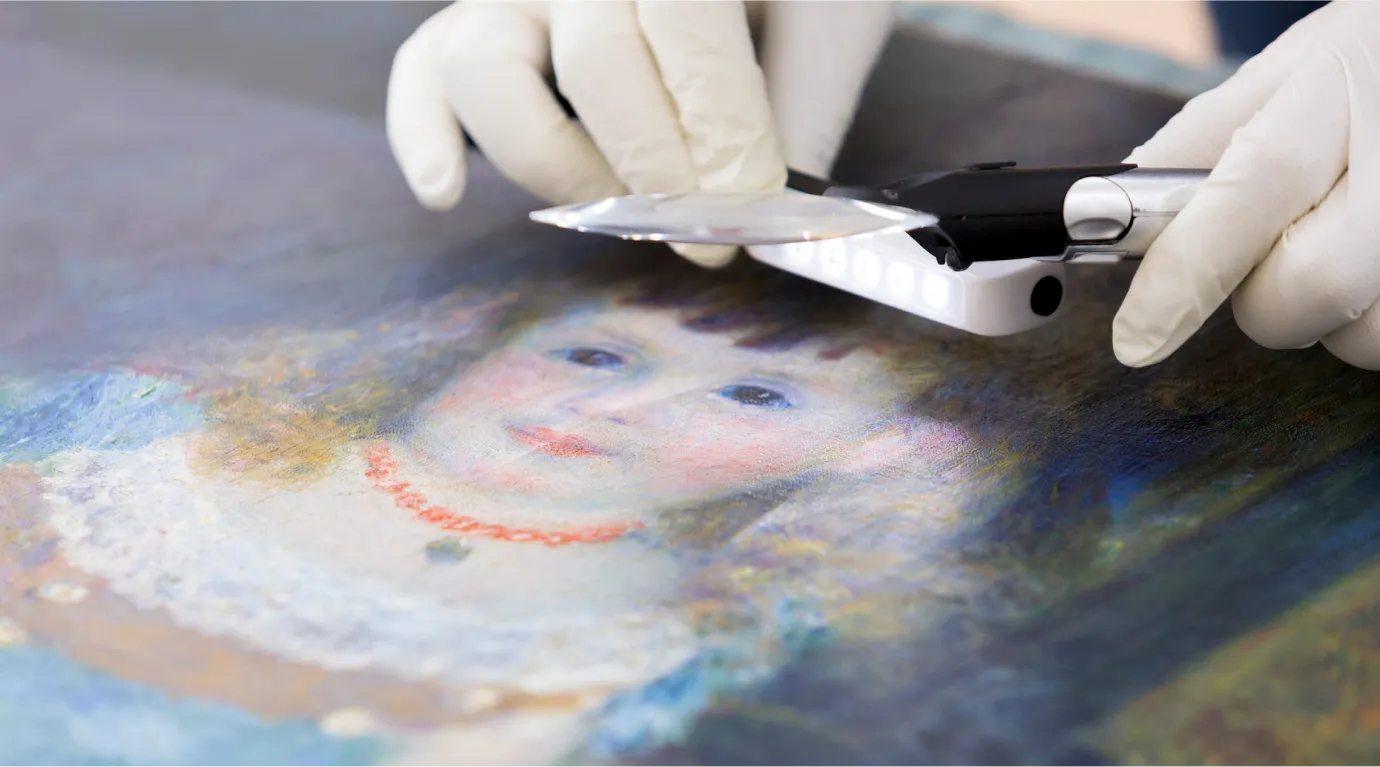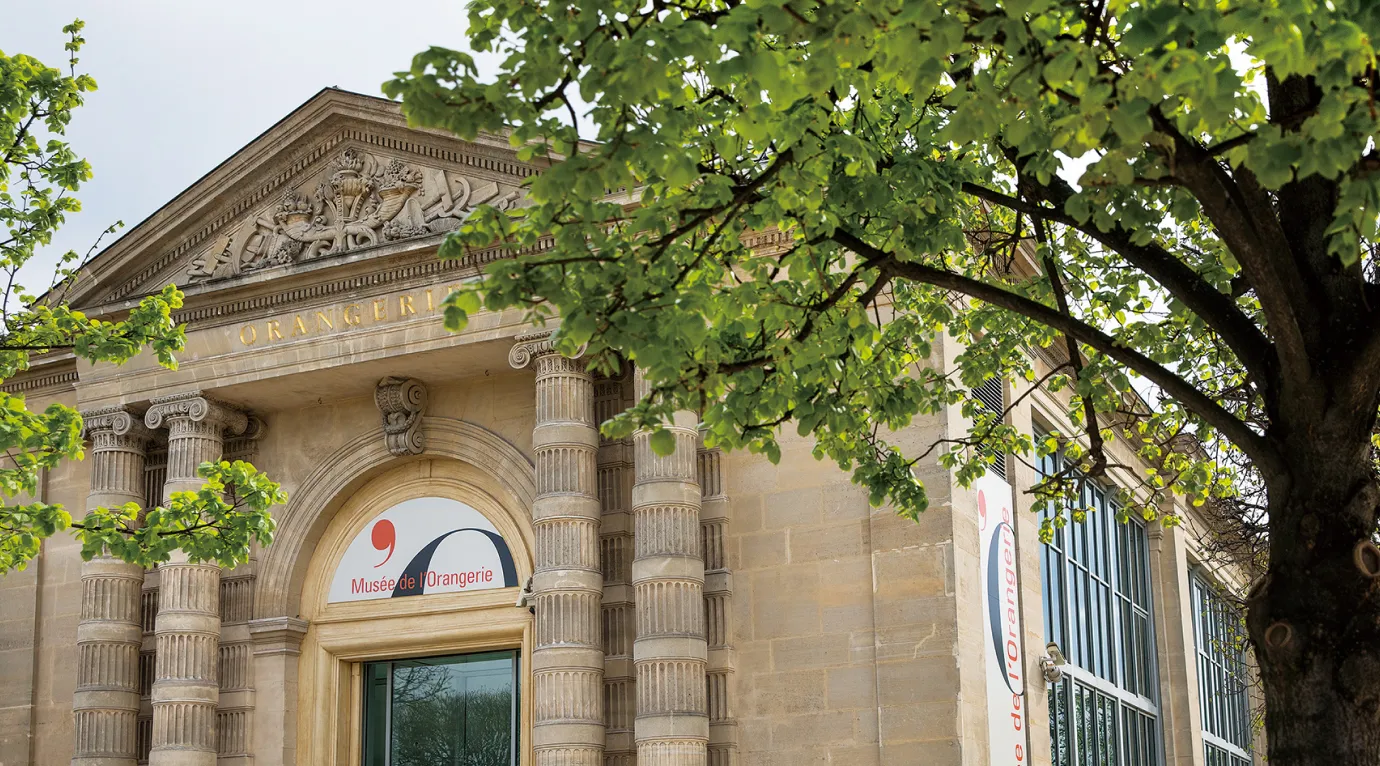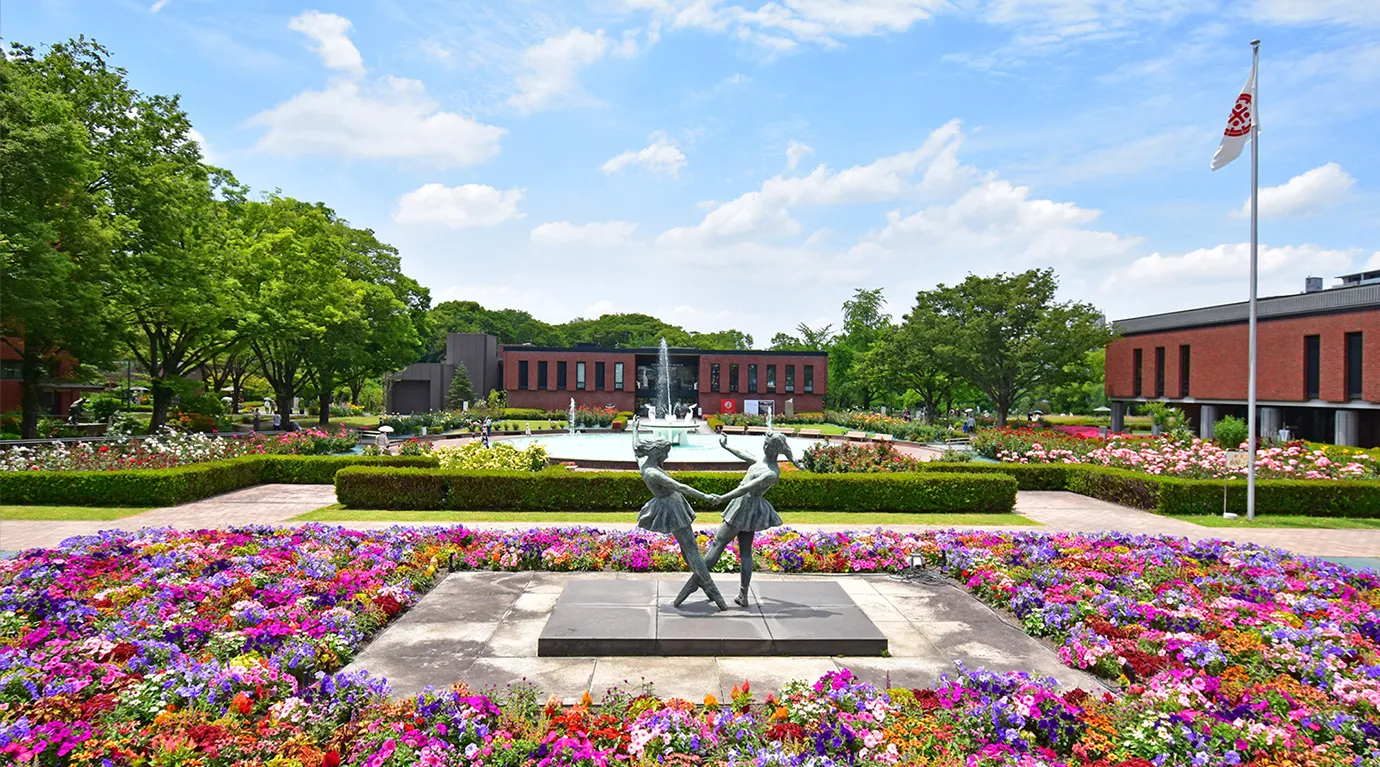Philosophy
For the welfare and
happiness of all mankind
The Ishibashi Foundation’s mission is to build bridges of cultural understanding between societies, and between the past and the present, with the vision and will to create a better future for all.
Through our museums, our mission is to provide people with an environment dedicated to the appreciation of beauty-a place where they can experience and be inspired by the creative forces that guide the course of human history.
Through our grant programs, our mission is to support artistic, cultural, and educational initiatives aimed at the development of a more caring and humane world.
Programs
Project Introduction
To realize our philosophy, “For the welfare and happiness of all mankind”, we provide opportunities for “experiencing creativity” in our museum programs and support activities “aiming to develop a more caring and humane world” through our grant programs.
Museum Programs
Experiencing creativity
More
Grant Programs
Aiming to develop a more caring
and humane world
More
Ishibashi Foundation
For the welfare and happiness of all mankind
To the Future
To the Future of Art and Culture
Here we introduce some of the various past and present initiatives of the Ishibashi Foundation.

Cultural Properties Protection
Ishibashi Foundation Art Research Center

Advanced Technology
Research and Use of Digital Technology

SDGs Sustainability Initiatives

International Exchange
The Ishibashi Foundation Collection Exhibition in Paris

Cultural Contribution
Ishibashi Shojiro and Four Cultural Facilities

